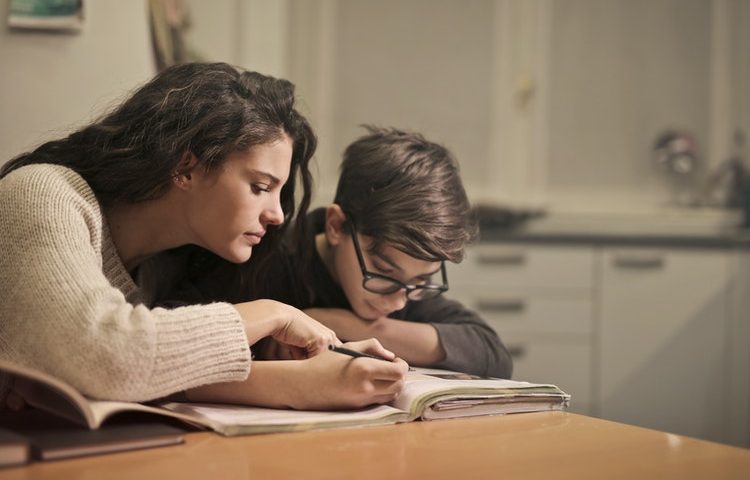The Writer’s Toolbox: Essential Literary Devices You Need to Know

25 GMAT Vocabulary to Master
September 28, 2023Extracurriculars to Avoid on the Common App
October 11, 2023The Writer’s Toolbox: Essential Literary Devices You Need to Know
Literature has the remarkable ability to transport us to different worlds, evoke powerful emotions, and stimulate our imaginations. Behind the magic lies a treasure trove of literary devices, the tools that skilled writers employ to create compelling narratives, vivid descriptions, and profound meanings. Whether you’re a student diving into the world of literature or an aspiring writer seeking to refine your craft, understanding and utilizing these essential literary devices is key to unlocking the full potential of language.
In this blog post, we will explore a selection of crucial literary devices that every reader and writer should be familiar with. From metaphor to foreshadowing, these devices add depth, beauty, and complexity to literary works, enriching our experience and enhancing our understanding. Let’s dive in!
Metaphor
Metaphor is a powerful tool that allows writers to create connections and comparisons between two seemingly unrelated things, enhancing the reader’s understanding and imagination. By describing one thing in terms of another, metaphors evoke vivid imagery and evoke emotions. For example, “Her voice was music to his ears” paints a beautiful picture of the pleasant sound and impact the person’s voice had on the character.
Simile
Like a metaphor, a simile also draws a comparison between two things. However, a simile uses “like” or “as” to establish the connection. Similes provide clarity and emphasize certain characteristics or qualities. For instance, “She ran as fast as a cheetah” illustrates the incredible speed at which the character was running.
Personification
Personification attributes human qualities or characteristics to inanimate objects, animals, or abstract concepts. By doing so, writers breathe life into their descriptions, making them more relatable and engaging. For example, “The wind whispered through the trees” gives the wind a human-like quality of whispering.
Symbolism
Symbolism is the use of objects, characters, or events to represent deeper meanings beyond their literal interpretation. Symbols can be cultural, universal, or specific to a particular work. They add layers of depth and invite readers to analyze and interpret the text beyond its surface level. Consider the symbolic use of a dove representing peace or a red rose symbolizing love and passion.
Foreshadowing
Foreshadowing describes a literary device that hints at or suggests events or developments that will occur later in the story. It creates suspense, builds anticipation, and adds a sense of inevitability. By dropping subtle clues, writers engage readers and keep them intrigued. For example, a mysterious character’s cryptic statement early in a story may foreshadow a significant plot twist.
Irony
Irony occurs when there is a discrepancy between what is expected and what actually happens. It adds a layer of complexity and often conveys deeper meanings. There are several types of irony, such as verbal irony (saying the opposite of what is meant), situational irony (a contrast between what is expected and what occurs), and dramatic irony (when the audience knows something the characters do not). Irony can be humorous, thought-provoking, or even tragic.
Alliteration
Alliteration is the repetition of consonant sounds at the beginning of words within a phrase or sentence. It adds musicality, rhythm, and emphasis to the text, making it more memorable and pleasing to the ear. For example, “Peter Piper picked a peck of pickled peppers” showcases the repeated “p” sound.
Elevate Your Reading and Writing Experience
Literary devices are the building blocks of storytelling and the keys to unlocking the full potential of language. By incorporating metaphors, similes, personification, symbolism, foreshadowing, irony, and alliteration into their writing, authors create immersive worlds, evoke emotions, and convey profound messages.
For readers, understanding these essential literary devices enhances our appreciation of the artistry behind the words, enabling us to delve deeper into the meaning and interpretation of texts. For writers, mastering these devices empowers us to craft compelling narratives, create vivid imagery, and captivate our readers.
So, whether you’re lost in the pages of a beloved novel or penning your own masterpiece, embracing and utilizing these literary devices will undoubtedly elevate your experience and expand the horizons of your imagination. Embrace the power of language and embark on a literary journey enriched by these essential tools. Happy reading and writing!


